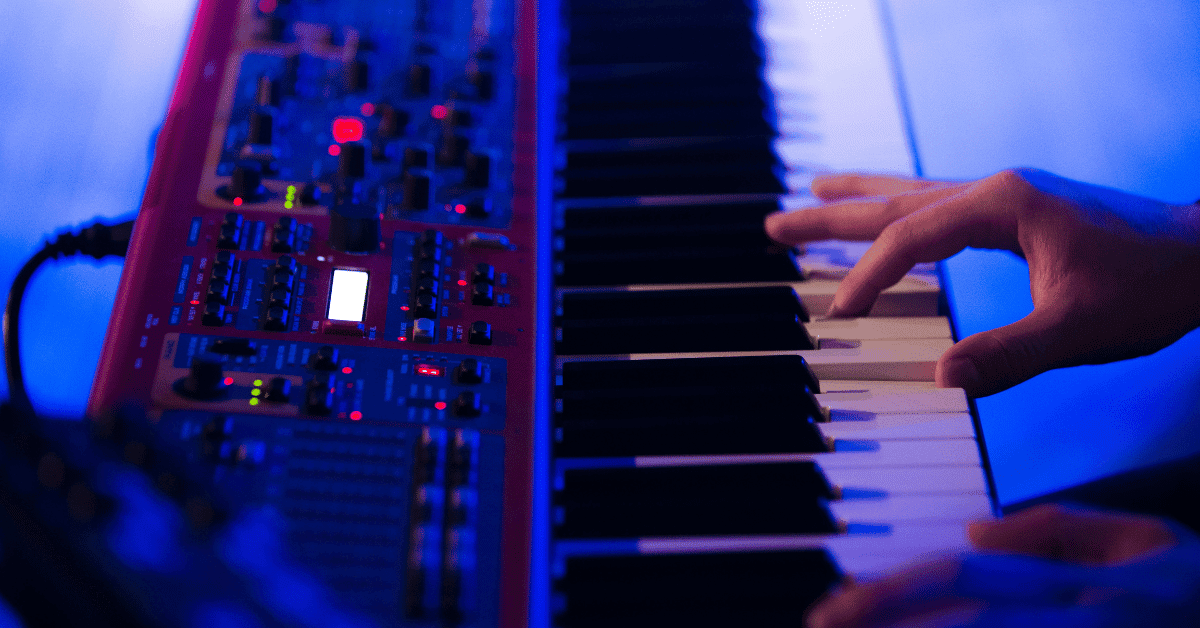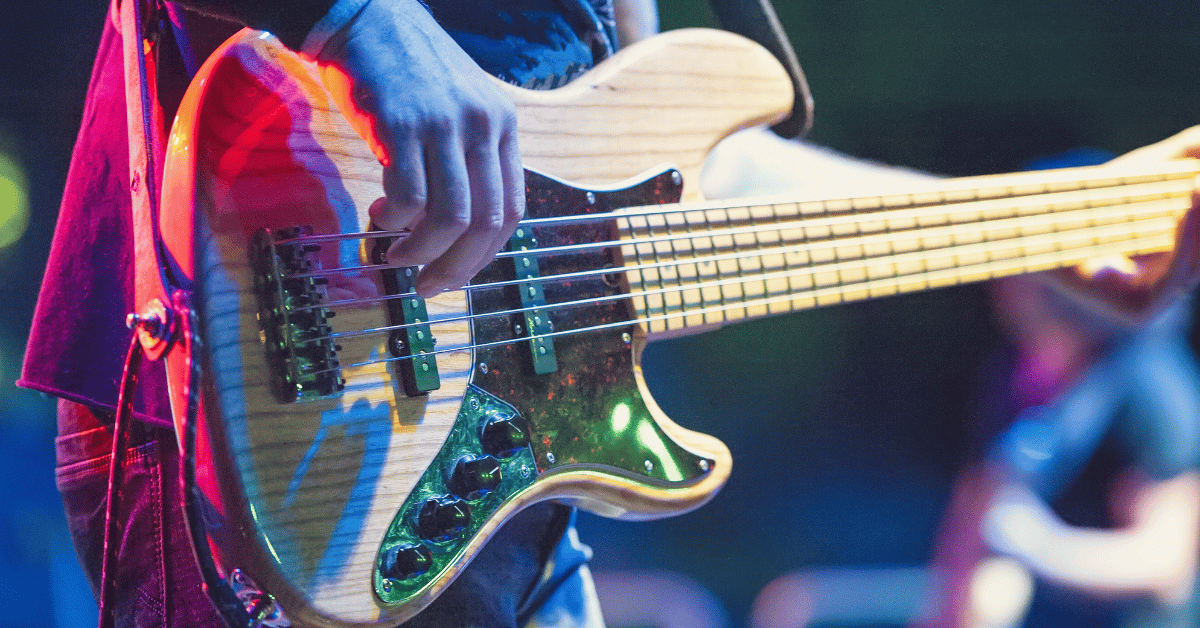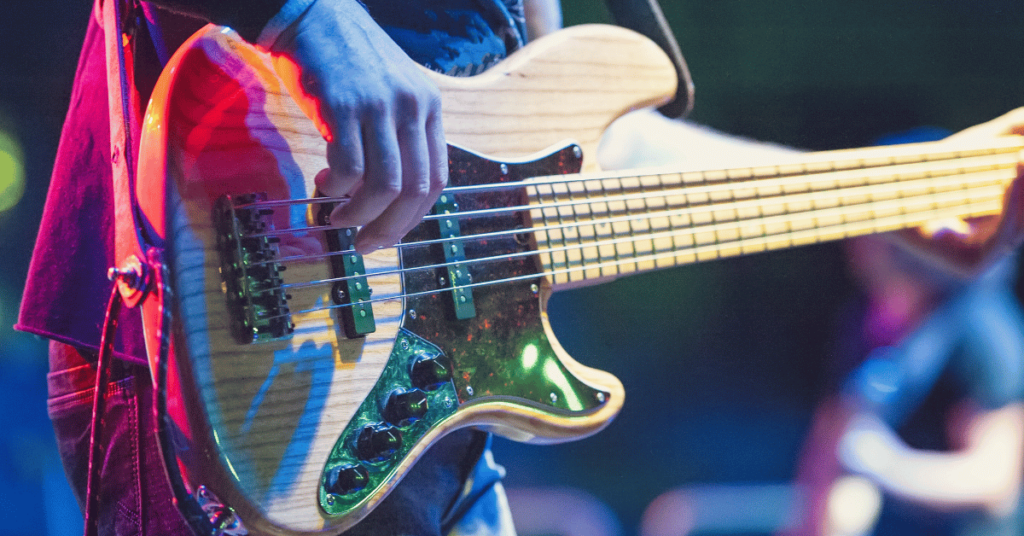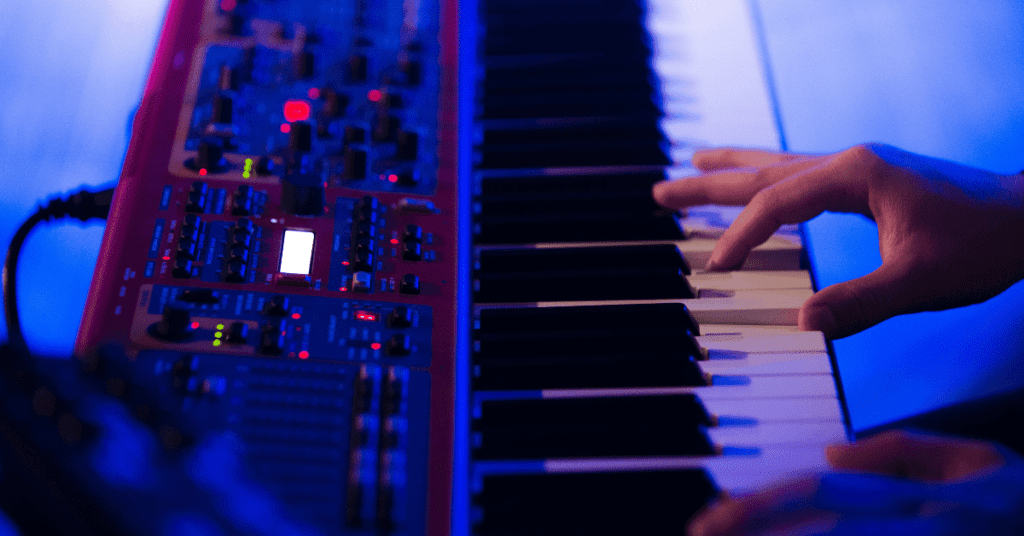Out of any pedal type, I seem to get the most questions about compressors.
It’s one of those “special” types of pedals that adds a subtle “mojo” to your tone. Unfortunately, because it’s subtle it is also easy to misunderstand.
I absolutely love compression. I’ve used it for what seems like forever, and when I’ve built boards without it I get aggravated and put one back on. Owning quite a few pedals and spending a good amount of time mixing and producing has helped me develop an ear for what I like and how to dial it in.
Compression is something that dramatically alters the way you “feel” when playing guitar, which is just as important as the actual sonic quality. When used improperly, or without full understanding, it can actually make things feel lifeless. I’m here to help add some clarity.
WHY USE A COMPRESSOR?
Dynamics
There are many different reasons to run a compressor, but the most obvious is controlling dynamics. Compressors lower peak levels (Threshold) and raise quieter notes through makeup gain.
In a typical worship context, amps are run rather clean, which means they are also very dynamic (the more driven, the more compressed). Try plugging into a clean amp and playing very lightly. It’s almost inaudible, which means you will also be less audible in a mix. Now also try that on the Low E versus the High E string and note the difference. A compressor evens out all of those differences to make your playing and tone more consistent.
Tonal Shaping
For the most part, compressors naturally add sustain, which is great for clean tones that don’t have much. They also provide “punch” by either taming transients (the ‘bite’ of your guitar notes) or bringing them out (depends on how you define punchiness). Many compressors also act as a buffer when on and can have EQ controls. This is nice to have for guitar changes, or simply adjusting for the tonal variation the compressor adds when on.
Audible Effect
If you’ve ever listened to pop, country, funk, etc… you’ve heard very audibly compressed guitar tones. Depending on the settings and type, there can be an audible “pop” or stiffness to the sound that is easily recognizable.
Feel
I’d say that most players who use compressors just say they like the way it “feels”. I personally have two compressors – one subtle always-on compressor for tonal shaping and dynamics and another if I want to limit and squash things harder. They both feel radically different and give me options for different parts. Having heavy compression on with lots of overdrive can feel terrible sometimes, but be great with cleaner parts.
HOW COMPRESSORS VARY
Simplicity/Complexity
Most compressor pedals are built simply since compression can be hard to grasp for someone who isn’t familiar with studio/live audio work. If you’re new to compression you should probably start with something with fewer knobs.
It’s important to note that a common feature in many modern compressors is a blend function allowing the dry signal to pass. This most likely stems from the common studio technique of parallel compression. This adds to the density of a sound while still allowing the transients to come through and not sound compressed. Is it necessary? No. Everything depends on what you want out of it.
Tone
I owned a vintage pedal from a popular company at one point that was terribly harsh. I also had another very popular compressor that I found dulled some of the high-end a bit. Many compressors add a “tone” control for this reason.
Type
Without going in too much detail, the vast majority of compressor pedals on the market are called OTA compressors. The MXR Dyna Comp is probably the most famous OTA comp, but the Keeley and Wampler are also other famous examples. Very few depart from the OTA design but there are optical, VCA, FET, multiband, preamp-based, and others, which all have different characteristics. Ultimately, the design of the pedal (ex. how the builder sets the attack and release) and features are going to be more important than the type most of the time.
Component Quality
This one is my personal opinion, but the compressor pedals you see that are sold with “audiophile-grade components” or something of the sort, are a bit misleading. I have bought multiple versions of the same pedal and A/B’d them for a very long time and was not able to tell any difference in tone, feel, or noise. Guitar signals ran into amps are very lo-fi in comparison to others (such as a full-frequency vocal).
UNDERSTANDING COMPRESSION
For many years I didn’t fully understand how compressors really worked. I kind of got the concept, but couldn’t explain it to someone or know the why behind more complex controls. There are plenty of articles and YouTube videos showing visuals and audio samples for how compression works. If you have the time, I recommend checking them out, but I highly suggest getting hands-on as well. You have to train your ear with compression and using recording software or spending time with lots of pedals helps.
USING AND DIALING IN COMPRESSION
How Much?
While this is a personal preference, it’s probably best to err on the side of lighter compression if used with overdrives. However, I break the compression “rules” all the time. Do what feels right and also note that each guitar will respond differently. I turn compression down a lot for my Gibson as the pickups are rather hot and compressed already.
Pedal Chain Placement
If you read across the internet you will see various articles saying you can put it before or after drives, but I’ve never seen anyone run it after their drives (this adds noise). Just put it up front and keep it simple.
Engagement
Should you always leave it on? Well, I feel like most people do. I’ve had some friends who turn them on only with clean tones to raise the level. When using overdrive or pushing an amp your signal is naturally compressing as it is clipping and saturating. When it’s clean it is very dynamic and can get lost in the mix. That’s why in the studio you’ll see compression added in greater amounts to clean signals than heavily driven ones.
Attack and Release
If you don’t have experience with studio/live audio work I’d recommend you to steer away from compressors that have these controls. There are plenty of great pedals that don’t have them. If you want to read up on the technicalities of how compression works and desire more control, go for it.
CHOOSING A COMPRESSOR
YouTube videos or Instagram demos are terrible for identifying a good compressor. They help explain features but don’t fully translate audio quality well (supposedly they also compress the audio). You have to try compressors to learn what you like, especially since much of the benefit is in the feel. Learning to buy and sell gear well or borrowing friends’ gear is going to be your best option.
Don’t be afraid to use affordable compressors like a classic MXR Dyna Comp. I got mine for next to nothing, have owned expensive compressors, and still use it. There’s no right or wrong way to gear, so feel free to try something different than what’s cool at the moment. Get inspired and go make music!
What compressors have you enjoyed using and why? Let us know in the comments below.
You may also be interested in these resources!
- 5 Game-Changing Warm-Up Tips Every Guitarist Needs to Know
- Is Modeling Better Than Real Amps?
- Guitar Technique: How to Play Faster and Cleaner with Benjamin Forehand
- Worship Guitar Tone Master Class
- How to Build Creative Guitar Sounds for Worship






